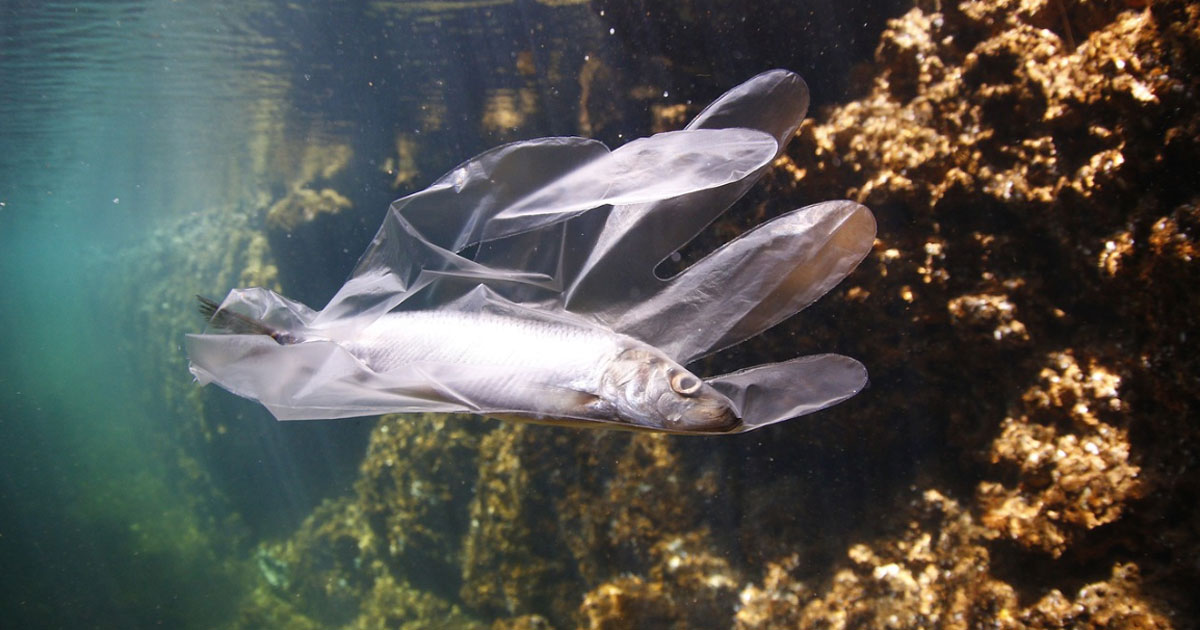An average person could be eating about 250 grams of plastic a year.
It is the equivalent of eating 5g of plastic a week — the weight of a credit card.
This amount is the same as ingesting as many as 1,900 plastic particles a week from sources such as tap and bottled water, shellfish, beer and salt.
The total amount translates to more than 100,000 particles a year.
WWF study
This is the latest finding of a study commissioned by the World Wide Fund for Nature (WWF).
The study is the first to estimate and combine insights from over 50 studies globally on the ingestion of plastic by people.
It was done by researchers at the University of Newcastle in Australia and strategy consulting firm Dalberg Advisors.
The results were published on Wednesday, June 12.
Eating plastic could be worse
However, the WWF said the findings may be “an underestimate”.
This is because the microplastic contamination of staple foods such as milk, rice, wheat, corn, bread, pasta and oils has yet to be studied.
The new research took data from 52 studies, of which 33 looked at plastic consumption through food and beverage.
Water has most plastic
The report found that drinking water is the “single, largest source of plastic ingestion”.
Plastic was found in groundwater, surface water, tap water and bottled water all over the world.
Some 98 percent of tap water samples collected in Lebanon were found to contain plastic fibres.
Some 76.2 percent of water samples collected in Indonesia were found with similar fibres.
There were twice as much plastic fibre per 500ml of water observed in American or Indian water, compared with tap water samples in European nations or Indonesia.
Shellfish contains plastic
Shellfish was also cited by the report as contributing to plastic ingestion.
It accounted for as much as 0.5g of plastic ingested a week.
Shellfish are eaten whole by humans, who are effectively consuming the the shellfish digestive system “after a life in plastic polluted seas”, the report said.
What are microplastics?
Microplastics — which are defined as plastic particles under 5mm in size — “are contaminating the air we breathe, the food we eat, and the water we drink”, said the report.
These particles are created by the disintegration of plastic litter.
Primary microplastics are directly released into the environment in the form of small particulates.
This can take the form of microbeads in shower gels and cleansing foams.
Secondary microplastics are the result of degradation of larger products like plastic bags.
The consumption of plastic has made it into a savage meme recently
Convenient pic.twitter.com/VvbCpGSJFL
— Mothership.sg (@MothershipSG) May 23, 2019
If you like what you read, follow us on Facebook, Instagram, Twitter and Telegram to get the latest updates.
